Back in December, Jean-Michel Jarre leaked the news, but today, we're here to confirm: Korg is reissuing the ARP 2600.
To mark the occasion, we partnered with Korg to produce a documentary about the legendary semi-modular synth, which was first released in 1971. Herbie Hancock, Stevie Wonder, Edgar Winter, Pete Townshend, and many, many other artists (including Jarre) would put the synth to great use on stages and studios throughout the '70s and beyond.
We interviewed figures from across the synth world to get the whole story behind the creation and legacy of Alan R. Pearlman's second synthesizer: how it thrilled artists, got mocked by music store owners, and ended up educating the rock 'n' roll public about synthesis.
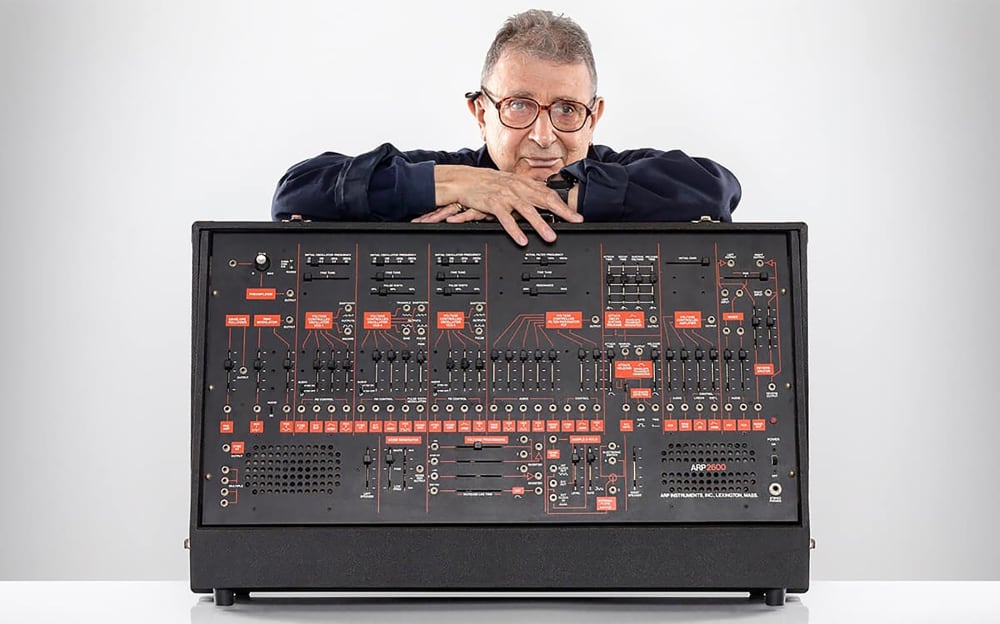
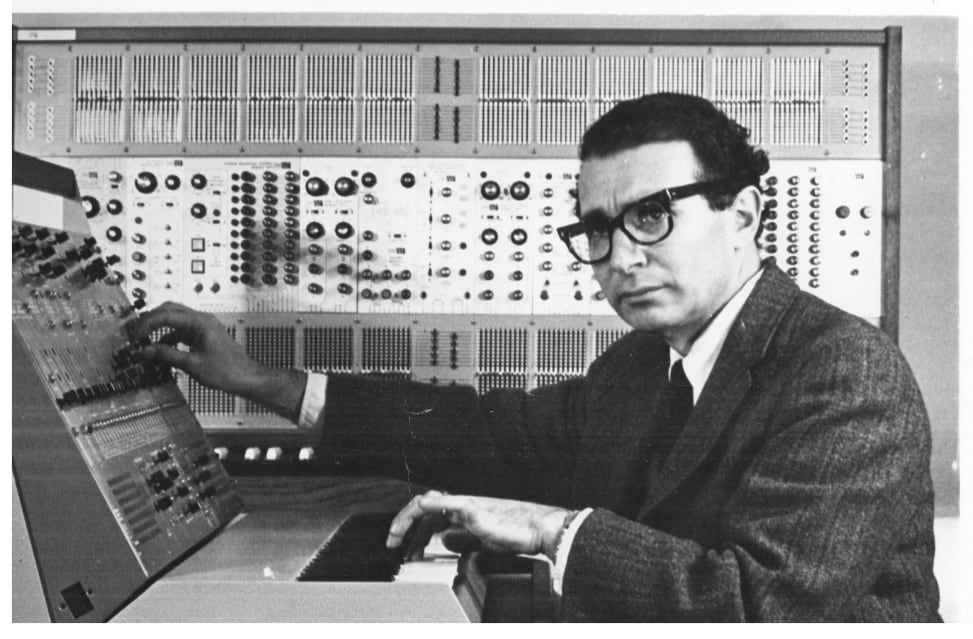
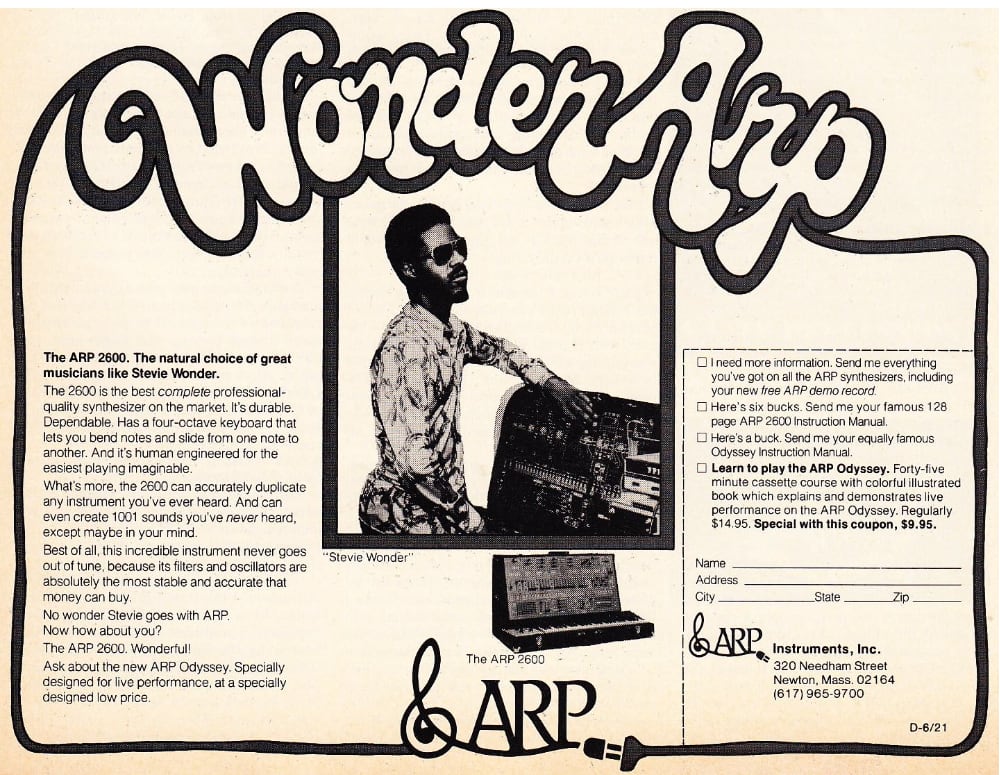
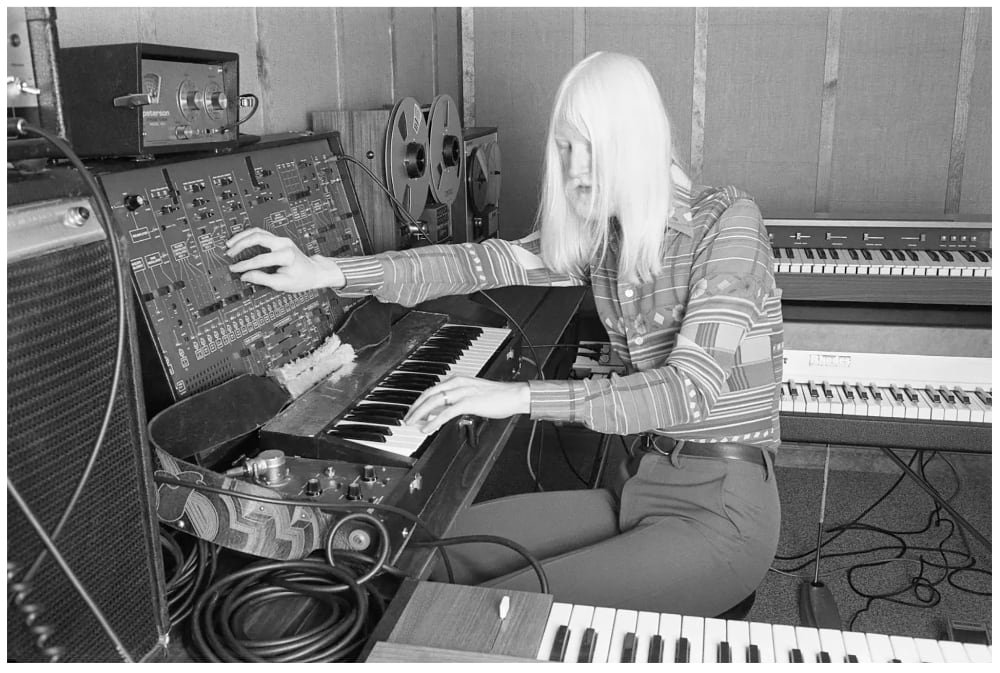
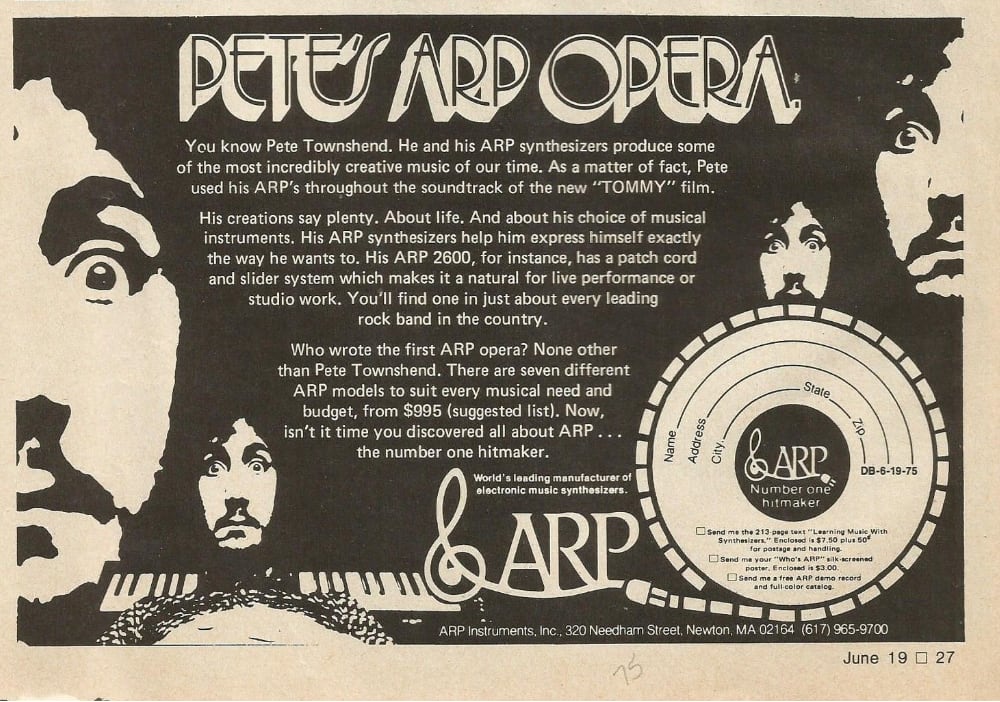
Back in the early '70s, ARP was going head-to-head with Moog for the then-brand-new market for portable synthesizers—not, that is, portable in the sense of the toss-in-your-backpack portability of contemporary synths, but portable when compared to large modular synthesizers of the day. Moog's Minimoogs were gaining favor with an audience of musicians in the post-Switched-On Bach world of popular synth music, but build issues gave ARP an opening.
ARP—in its own promotional materials for the 2500 and the 2600—harped on the Minimoog's fairly notorious reputation for drifting out of tune, and took aim at Moog's larger system for requiring complicated patches. The Moog and ARP relationship was, perhaps understandably, contentious. Since ARP had borrowed the Moog filter design in the 2600, Moog threatened to sue, and later 2600s did not include it.
By 1991, Bob Moog and Pearlman could at least see past their differences enough to sit on a panel together for the Music Synthesis Symposium, and Moog touched on those early years:
"ARP was able to capitalize very quickly and very effectively on our weakness. The two big arrows that were shot constantly at us from the direction of Massachusetts were: 'No more messy patch cords,' and 'No more drifting oscillators.' And it took us until halfway through the Minimoog generation until we really got our technology under control."
To hear how ARP went from such a beginning to being used by Herbie Hancock, Stevie Wonder, Pete Townshend, and other giants of '70s music, watch our full documentary above.
Korg ARP 2600 Reissue
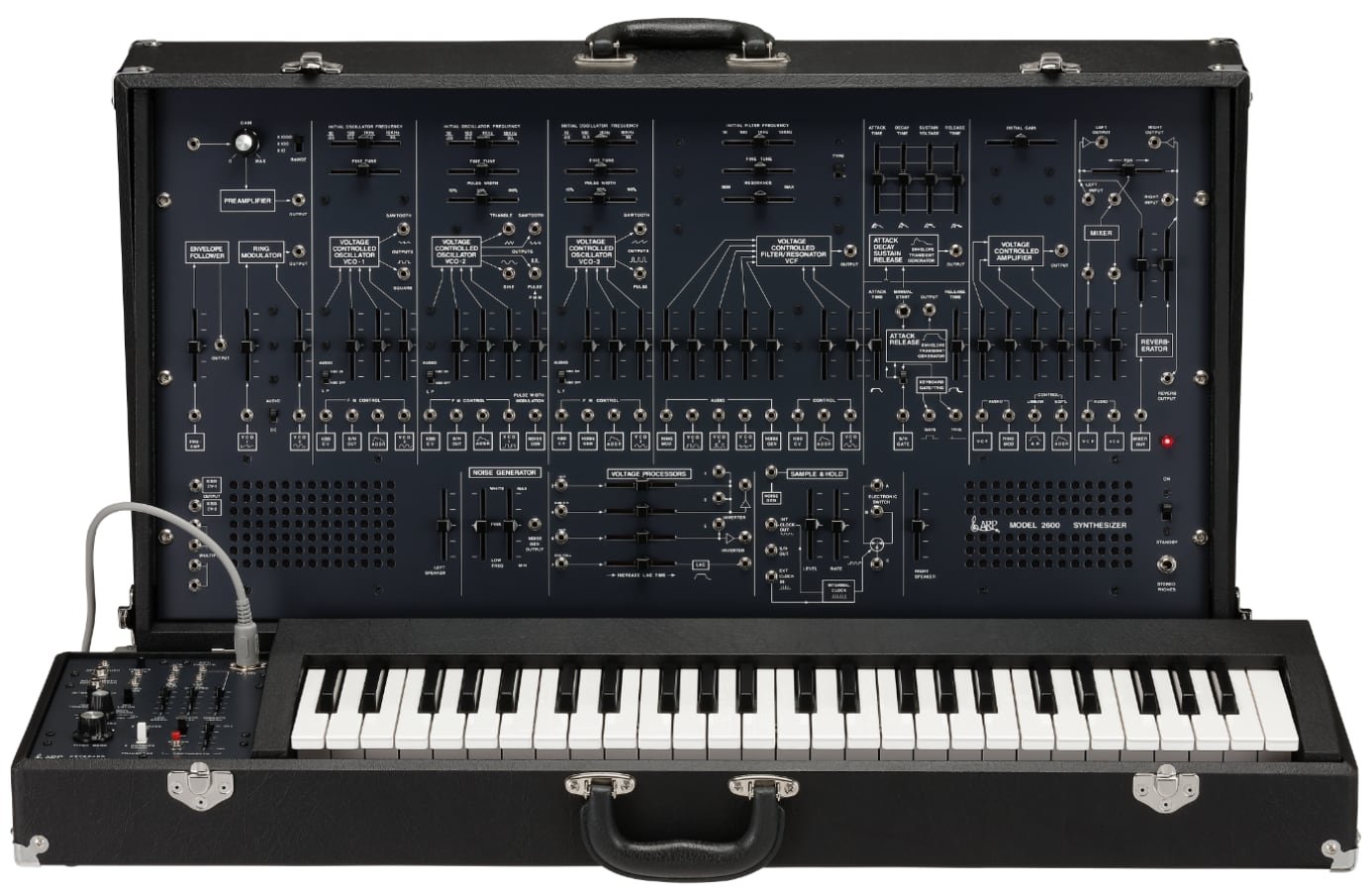
Korg's partnership with ARP stretches back to 2015, when it worked with ARP cofounder David Friend to reissue versions of the ARP Odyssey. By remaking the 2600 now, Korg is beating Behringer's planned clone of the synth to market. (Back in June 2019, Behringer showed off a prototype of its own 2600 on Facebook, saying: "Please remember this is early stage and we're far from shipping a final product.")
Korg's limited-edition reissue promises to be "a 100% faithful recreation of the iconic and celebrated three-oscillator semi-modular instrument that became of a cornerstone of the synth world in 1970"—including that contentious ladder filter.
But while such care has been taken for component-by-component details, Korg is also adding contemporary functionality: "a 128-note sequencer, USB and DIN-style MIDI connections, XLR audio outputs, and an arpeggiator. While faithful to the original design, the functionality of the included 3620 Keyboard has been greatly enhanced containing 49 full-size keys, aftertouch, portamento, and is also duophonic, allowing two keys to be played at once—single or multiple triggering is available," Korg writes. In addition, each new ARP 2600 will arrive in a custom, branded road case.
The Korg ARP 2600 will ship in February for $3,899.99 USD and is available for pre-order now. Explore all vintage, used, and new Korg products on Reverb here—or vintage ARP 2600s here.
